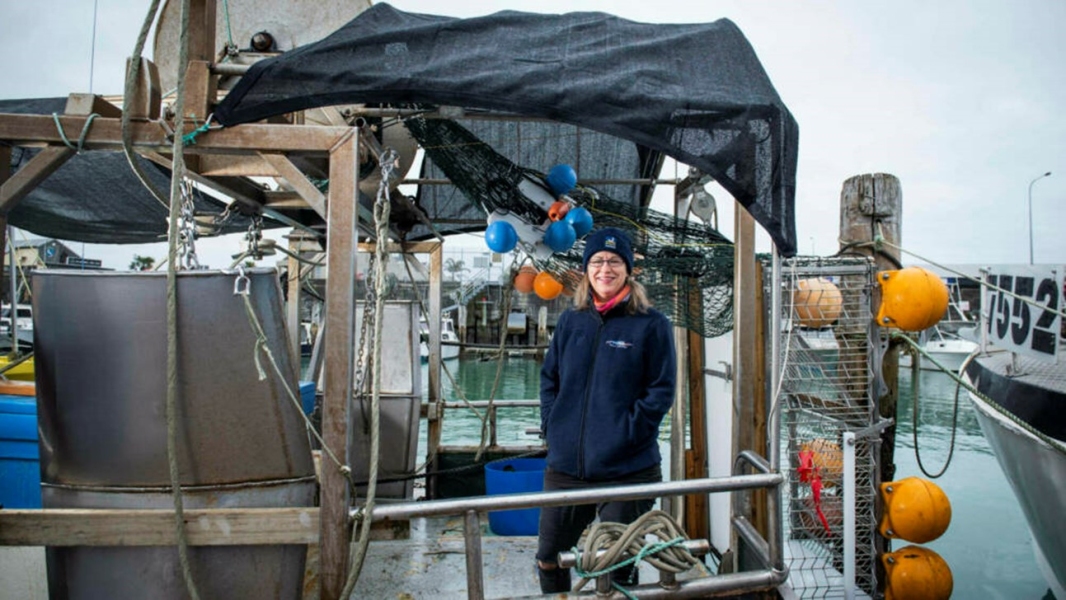Many fisheries encounter multiple species of different sizes and shapes which can make selective, targeted fishing difficult. Unintended bycatch of undersize fish and unwanted species can have a major impact on the sustainability of fish stocks, ecosystem health and public perceptions of the commercial fishing industry.
The team designed and built a novel camera system that delivered live video back to the vessel for real-time observation inside the trawl and a rigid gate that could be triggered to open and close an escape pathway in a net, allowing unwanted catch to be released.
The team completed six field trials and 40 deployments onboard a commercial fishing vessel (Better Fishing Ltd) as part of the hardware development and demonstration, and initial trials on a larger research vessel. Alternative design concepts to the current gate mechanism were also explored via an engineering masters project. The video collected during the trials was used to develop a computer vision application to automatically detect, track and classify fish viewed by the camera.
Fish bycatch system from NIWA on Vimeo.
This prototype system is amongst a very small number under development around the world. A key outcome of the New Zealand project is how important fish behaviour is to successful release of different species. Whilst the technology is still is still in the early stages of development, engagement with the wider commercial Industry elicited interest and support, particularly for the application of computer vision techniques. Learn more about the project here.


